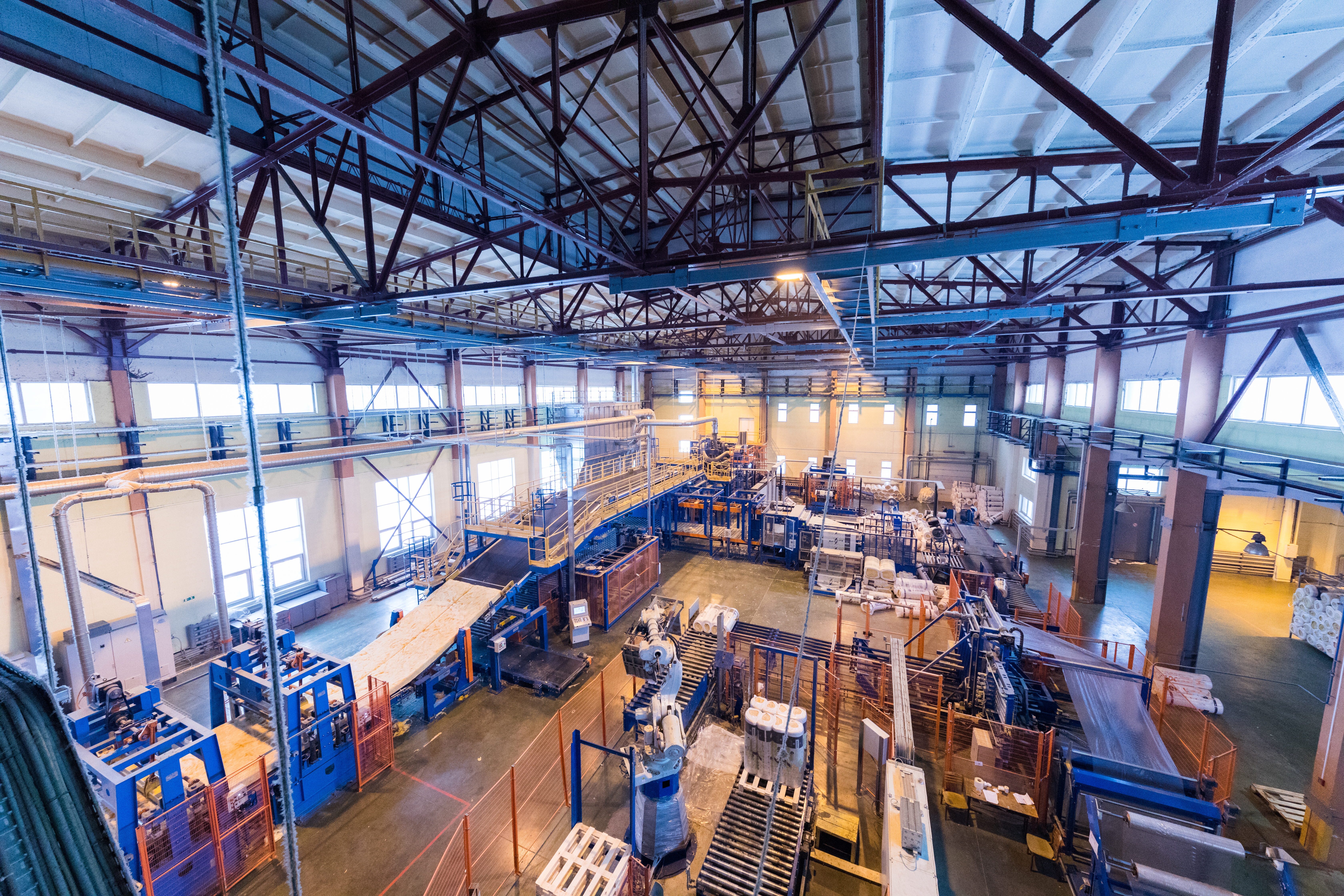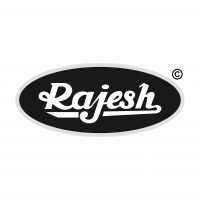Understanding Hydraulic Press Machine Parts and Their Functions

Strong 8k brings an ultra-HD IPTV experience to your living room and your pocket.
The hydraulic press machine is an essential tool in modern manufacturing, offering unmatched precision and power for various applications. From forming car components to producing complex aerospace parts, its versatility makes it a go-to solution across industries. To fully grasp how this machine operates, it’s crucial to understand its key components and their roles. This knowledge not only helps in efficient usage but also ensures proper maintenance and longevity of the machine.
Key Components of a Hydraulic Press Machine
1. Frame
The frame is the foundation of the hydraulic press machine, providing the structural support necessary for high-pressure operations. Frames are typically built to endure extreme force without deformation. Among the most popular designs is the C frame hydraulic press, known for its open-sided design, allowing easy access to the workspace. This design is particularly suited for applications like straightening, punching, and assembly tasks.
2. Hydraulic Cylinder
The hydraulic cylinder is the heart of the machine, converting hydraulic energy into mechanical force. It plays a critical role in applying pressure to the material, determining the efficiency and capability of the press. Cylinders are designed to operate under high pressure, ensuring consistent performance for tasks like molding, forming, and pressing.
3. Hydraulic Pump
The hydraulic pump is responsible for generating the pressure required for the machine to function. It pushes hydraulic fluid through the system, providing the force needed to operate the cylinder. High-quality pumps are integral to maintaining the performance and reliability of both hydraulic press machines and power press machines.
4. Reservoir (Tank)
The reservoir stores the hydraulic fluid, which is vital for the machine's operation. This fluid serves as a medium to transfer energy, lubricate components, and dissipate heat. Regular monitoring and maintenance of the fluid ensure the smooth functioning of the machine and prevent potential damage to other components.
5. Valves
Hydraulic valves control the flow, pressure, and direction of the hydraulic fluid. These valves are essential for regulating the operation of the machine, allowing users to fine-tune the pressing force and speed. This level of control is critical for tasks that demand high precision, such as in the automotive or electronics industries.
6. Piston
The piston is a movable part of the hydraulic cylinder that directly applies pressure to the material. It translates the hydraulic energy into a mechanical force, making it a key component in the pressing process. A well-designed piston ensures the machine delivers consistent and powerful performance.
7. Control System
Modern hydraulic press machines come equipped with advanced control systems. These systems enable operators to set parameters like stroke length, pressure, and speed, ensuring accuracy and safety during operations. Automated controls also reduce the need for manual intervention, enhancing overall productivity.
Applications of Hydraulic Press Machines
Hydraulic press machines are widely used across industries due to their versatility and efficiency. Common applications include:
Automotive Industry: Forming and shaping car parts such as panels, gears, and chassis components.
Aerospace Industry: Manufacturing intricate metal parts that meet high precision standards.
Electronics Industry: Assembling circuit boards and other electronic components.
Metalworking: Cutting, bending, punching, and forging metals.
The adaptability of the hydraulic press makes it invaluable in diverse industrial operations.
Advantages of Using Hydraulic Press Machines
High Efficiency: Hydraulic presses can handle tasks that require immense force with ease.
Precision: Advanced control systems allow for accurate operations, crucial in industries like aerospace and electronics.
Versatility: From small-scale applications to heavy-duty operations, hydraulic presses cater to a wide range of needs.
Cost-Effectiveness: With fewer moving parts compared to mechanical presses, hydraulic presses have lower maintenance costs.
Choosing the Right Hydraulic Press Machine
When selecting a hydraulic press machine, it’s essential to consider your operational needs and the machine's capabilities. The C frame hydraulic press is ideal for tasks requiring accessibility and flexibility, while heavy-duty power press machines cater to large-scale manufacturing operations.
As a trusted hydraulic press manufacturer, we offer a range of machines tailored to different industries. Whether you need a small, precision-focused machine or a high-capacity press for industrial applications, our solutions ensure reliability and efficiency.
Conclusion
Understanding the parts and functions of a hydraulic press machine is key to utilizing it effectively. Each component, from the hydraulic cylinder to the control system, plays a vital role in ensuring smooth operations. Whether you’re using a C frame hydraulic press for precision tasks or a power press machine for heavy-duty work, proper maintenance and selection of the right machine are essential for long-term success.
For high-quality hydraulic press machines and expert guidance, connect with a leading hydraulic press machine manufacturer today! Let us help you find the perfect solution for your needs.
Note: IndiBlogHub features both user-submitted and editorial content. We do not verify third-party contributions. Read our Disclaimer and Privacy Policyfor details.


